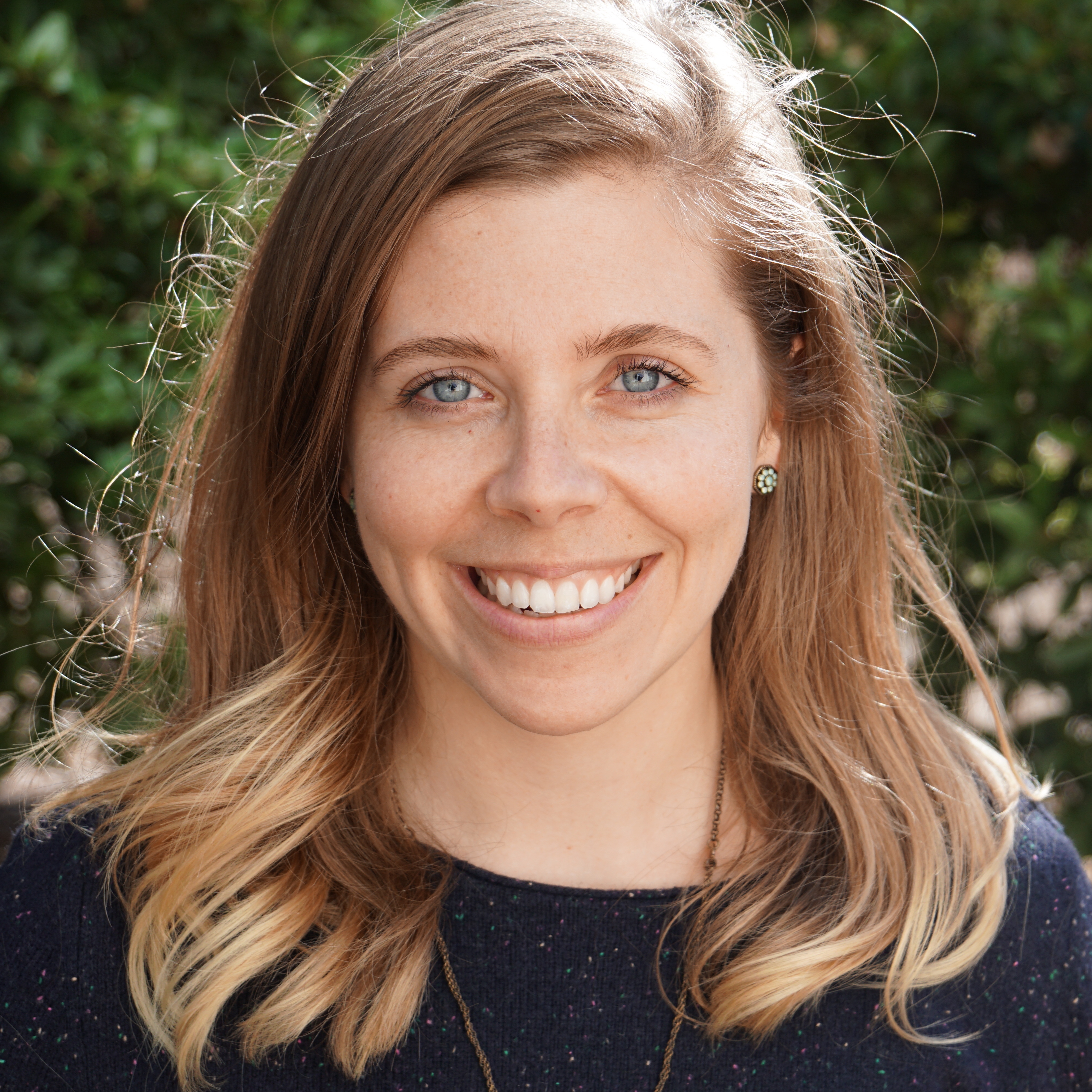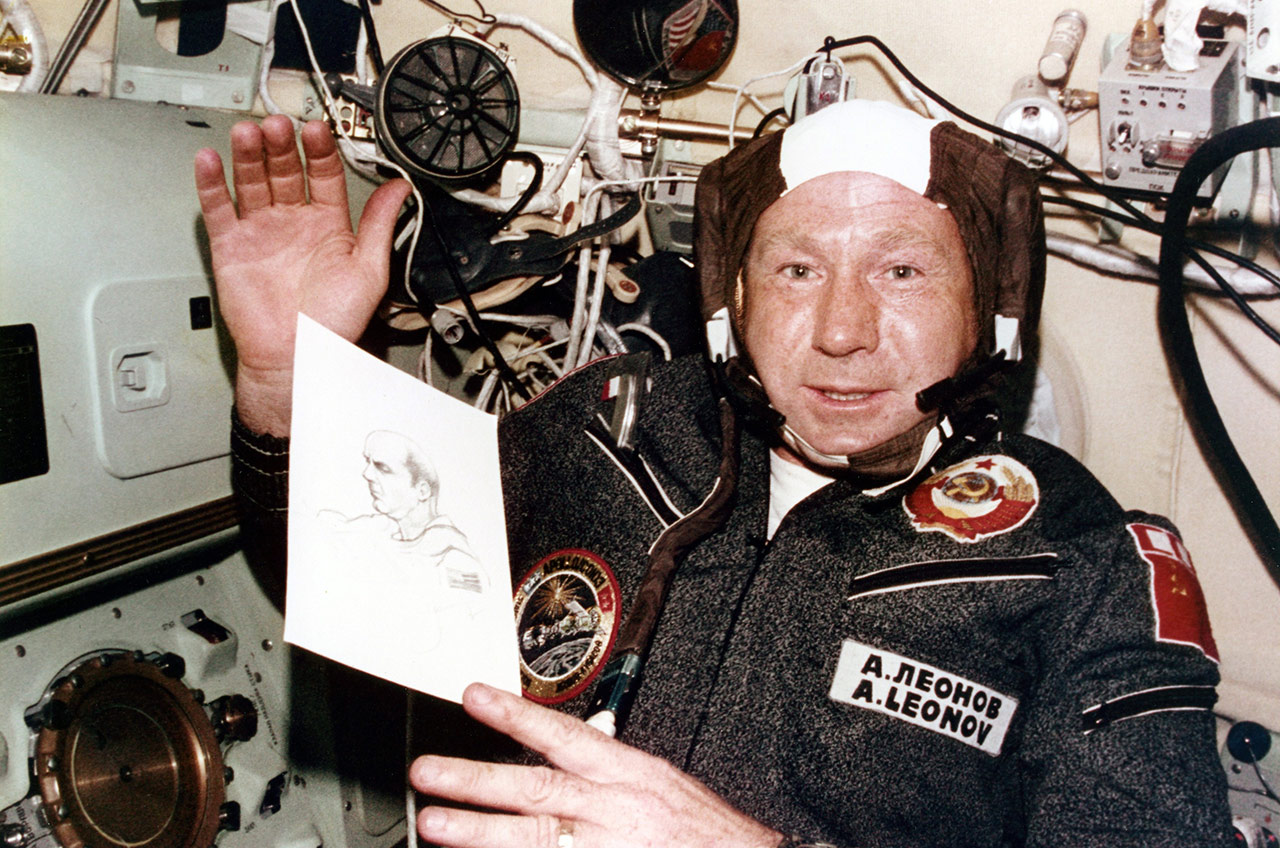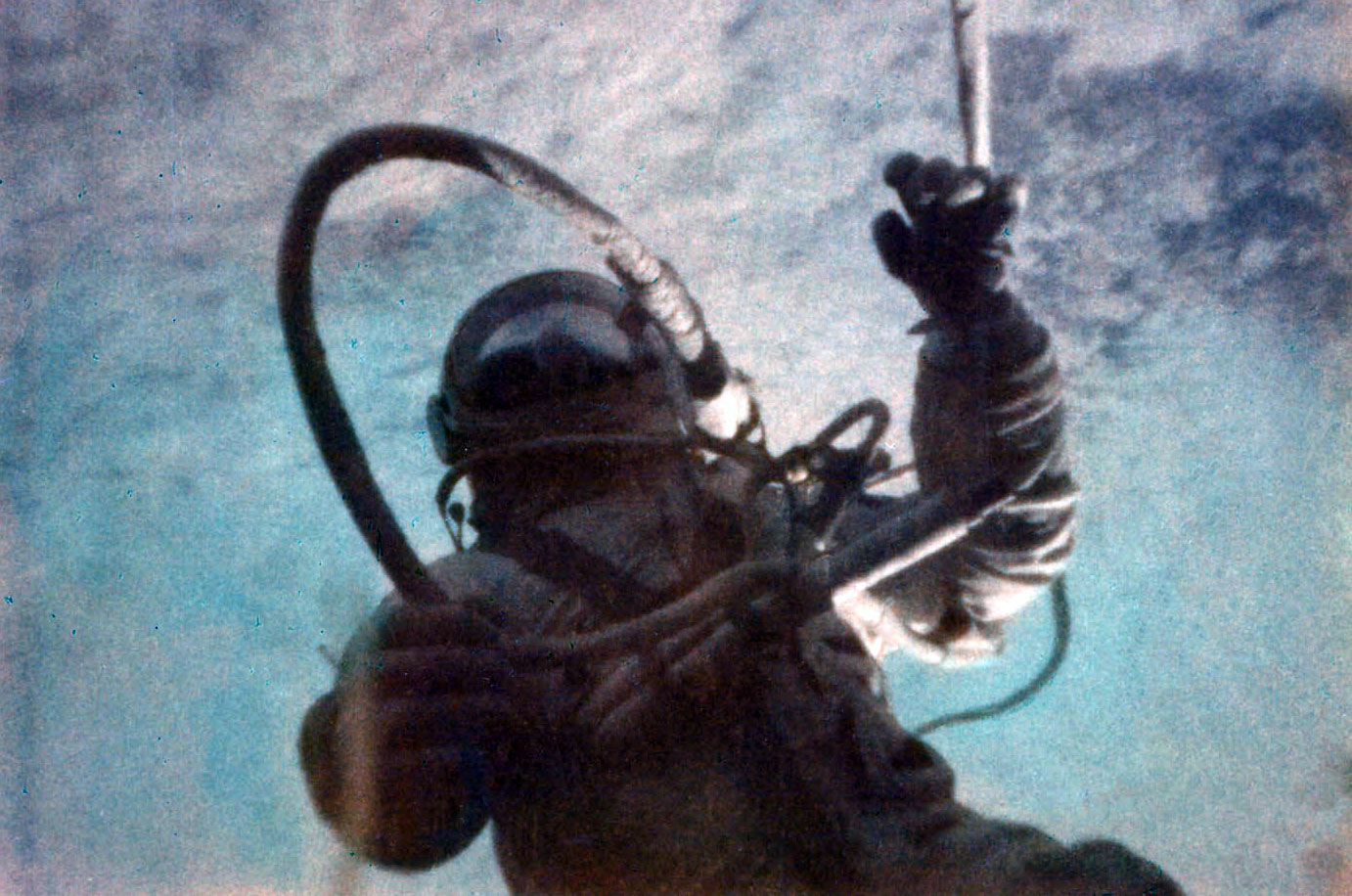Alexei Leonov: Spacewalk Pioneer
Reference Article: Brief biography of cosmonaut Alexei Leonov.
Alexei Leonov was one of the first 20 Soviet Air Force pilots to train as cosmonauts in 1960. In 1965, he became the first person to exit a spacecraft and walk in space — an experience that nearly ended in tragedy. Leonov's spacewalk was a pivotal moment for space exploration as it demonstrated that future space crews would be able to exit their capsule to perform experiments and repairs.
Ten years later, in 1975, Leonov commanded the first rendezvous between a Soviet and American spacecraft. By the end of his second space mission, he had logged a total of 7 days and 32 minutes away from planet Earth.
Related: Spacewalk History: Smithsonian Exhibit's 50 Years of EVA in Photos
Leonov was also a talented artist, and was best known for his paintings of space scenes. The space pioneer and artist died at the age of 85 on Oct. 11, 2019, and is remembered fondly by astronauts, cosmonauts and space enthusiasts around the world.
Leonov's childhood years
Leonov was born in the remote village of Listvyanka, in what is now Irkutsk Oblast, Russia on May 30, 1934. He was the eighth of nine children of Yevdokia and Arkhip Alxeievich Leonov.
Before Leonov was born, his grandfather had been exiled to Siberia for taking part in the 1905 revolution during the Czarist regime. Increasing political turmoil in the region made it difficult for Leonov's family to get by, according to the book "The First Soviet Cosmonaut Team: Their Lives and Legacies" (Springer Science & Business Media, 2009) by Colin Burgess and Rex Hall. When Leonov was about 3 years old, his father was arrested for his presumed political beliefs. Leonov's mother was forced to move her family in with her sister in Kemerovo, several hundred miles away. His father was eventually released and compensated for his wrongful imprisonment and was able to join his family in Kemerovo.
Related: Giant Leaps: Biggest Milestones of Human Spaceflight
Breaking space news, the latest updates on rocket launches, skywatching events and more!
Leonov developed a talent and love for art at an early age, and was able to make a bit of money by selling his work, but he wasn't interested in making that his career. When he was six years old, he met a Soviet pilot who made a strong impression on young Leonov, and he set his heart on becoming a pilot.
"I remember how dashing he looked in his dark-blue uniform with a snow-white shirt, navy tie and crossed leather belts spanning his broad chest," Leonov recalled, according to "The First Soviet Cosmonaut Team: Their Lives and Legacies." Leonov's older brother, Pyotr, was also an aviation student and helped foster Leonov's interest in flying.
In 1948, his family moved to Kaliningrad, in Soviet-occupied East Prussia. Leonov finished his secondary education there in 1953 and soon after, enrolled in flying school. In May 1955, he flew his first solo flight. He then enrolled in a training program to become a fighter pilot while also taking part-time art classes.
Leonov graduated as a lieutenant from the Chuguev Higher Air Force Pilots School on Oct. 30, 1957 and subsequently served as a fighter pilot with three military units, the last one based out of Germany. He married his girlfriend, Svetlana Pavlovna, a day before he left for Germany in 1959.
Related: Russia's Space Traditions! 14 Things Every Cosmonaut Does for Launch
A few months later, in Oct. 1959, Leonov was selected to be interviewed for the first cosmonaut training program. By that time, he had logged 278 hours of flight time and had completed 115 parachute jumps, earning him the title of Instructor of the Military Air Forces for paratrooper training. The ability to jump out of a plane and survive was a vital requirement for the program, as the cosmonauts would not be landing in their spacecraft but would be automatically ejected as they neared the ground on return to Earth.
In 1960, Alexei became cosmonaut 11, as he and 19 other cosmonauts began training with the then top-secret Soviet space program. "Training was hard as no programme existed which would prepare people for this task," Leonov wrote in the forward section of "The First Soviet Cosmonaut Team: Their Lives and Legacies."
Leonov's spaceflights
On March 18, 1965, Leonov left Earth on his first flight into space with the Voskhod 2 mission. Leonov served as pilot for the 26-hour flight, commanded by Pavel Beyayev. Ninety minutes after launch, Leonov left the relative safety of his spacecraft, and became the first person to float freely in the vast, silent expanse of space.
"It was so quiet I could even hear my heart beat," Leonov told a British news agency of his spacewalk long after the event. "I was surrounded by stars and was floating without much control. I will never forget the moment. I also felt an incredible sense of responsibility."
His milestone nearly turned to tragedy when he tried to reenter the capsule. The pressure difference between the air in his spacesuit and the vacuum of space expanded his suit and made it so rigid that he couldn't move his fingers. Leonov made the risky decision to open a valve in his suit to release some of the air, and that allowed him to become mobile enough to maneuver the spacecraft's outer hatch. He safely reentered the capsule just over 12 minutes after he had left.
Upon return to Earth, the spacecraft's on-board computer malfunctioned and the two-man crew landed 600 miles off-course in a remote area of the Ural Mountains, according to the New Mexico Museum of Space History. It took two days for authorities to find and rescue the stranded cosmonauts.
Related: Top 10 Soviet and Russian Space Missions
Leonov received the Hero of the Soviet Union award for his accomplishment and became deputy commander of the cosmonaut team.
In 1975, Leonov commanded the Soyuz 19 mission and took part in the first rendezvous between a Soviet and U.S. spacecraft — a mission known in the U.S. as the Apollo-Soyuz Test Project (ASTP). Cosmonaut Valery Kubasov served as flight engineer for the Soyuz.
Once Apollo had docked with the Soyuz, the U.S. and Soviet crews were able to move from one spacecraft to the other. Leonov spent 5 hours and 43 minutes on the American side (he learned English and visited the Kennedy Space Center in Houston three times in preparation for the mission). After 44 hours of being docked to one another, the two spacecraft separated, and later completed a second successful docking test that lasted 3 hours.
The Soyuz 19 landed on July 21, 1975, and marked the end of Leonov's time in space. He was awarded a second Hero of the Soviet Union award for the ASTP mission.
Leonov's legacy
Leonov served as commander of the cosmonaut program from 1976 to 1982 and was deputy director of the Yuri Gagarin Cosmonaut Training Center. He retired in 1991 with the rank of Major General in the Soviet Air Force. While in retirement, Leonov served as chair for an investment corporation in Moscow and continued to practice art, according to the New Mexico Museum of Space History.
Leonov Crater, on the far side of the moon, is named in his honor, as is a spaceship in Arthur C. Clarke's "2010: Odyssey Two." In 2017, he was portrayed in the Russian feature film "The Age of Pioneers" (also known as "Spacewalk") about the Voskhod 2 mission.
Related: EVA at 50: Cosmonaut Alexei Leonov Took 1st Spacewalk 50 Years Ago
In 2004, Leonov co-authored the joint autobiography "Two Sides of the Moon: Our Story of the Cold War Space Race" (Thomas Dunne Books, 2004) with Apollo 15 moonwalker David Scott.
Leonov turned 85 on May 30, 2019, one day after cosmonauts Oleg Kononenko and Alexey Ovchinin conducted a spacewalk far longer and more routine than Leonov's first 12-minute foray. Kononenko and Ovchinin decorated their spacesuits to honor the Russian hero.
Leonov died a few months later on Oct. 11, 2019. "One of the first cosmonauts of the world space era, forever devoted to his country and his work, he inscribed himself in golden letters in the world history of space," Roscosmos said in a statement. "With Alexei Arkhipovich a whole era has gone."
The cosmonaut hero died as two NASA astronauts, Christina Koch and Andrew Morgan, worked outside the International Space Station on the second of five spacewalks to replace old solar array batteries. "This is a bittersweet day for all of us on the International Space Station," station commander Luca Parmitano of the European Space Agency said as the spacewalkers wrapped up their work.
"We're saddened by the loss of legendary Roscosmos cosmonaut Alexei Leonov who became the first human to walk in space on March 18, 1965," NASA officials wrote in a Twitter statement. "His venture into the vacuum of space began the history of extravehicular activity that makes today's Space Station maintenance possible."
Additional resources:
- Watch: "Russian Space Pioneer Discusses the First Spacewalk in History 50 Years Ago," from NASA.
- Read Leonov's account of his near-death experience during the Voskhod 2 mission, published in Air & Space Magazine.
- Learn more about Leonov's legacy in this tribute article from NASA.

Kimberly Hickock has a bachelor's degree in marine biology from Texas A&M University, a master's degree in biology from Southeastern Louisiana University and a graduate certificate in science communication from the University of California, Santa Cruz. She is a former reference editor for Live Science and Space.com. Her work has appeared in Inside Science, News from Science, the San Jose Mercury and others. Her favorite stories include those about animals and obscurities. A Texas native, Kim now lives in a California redwood forest.




